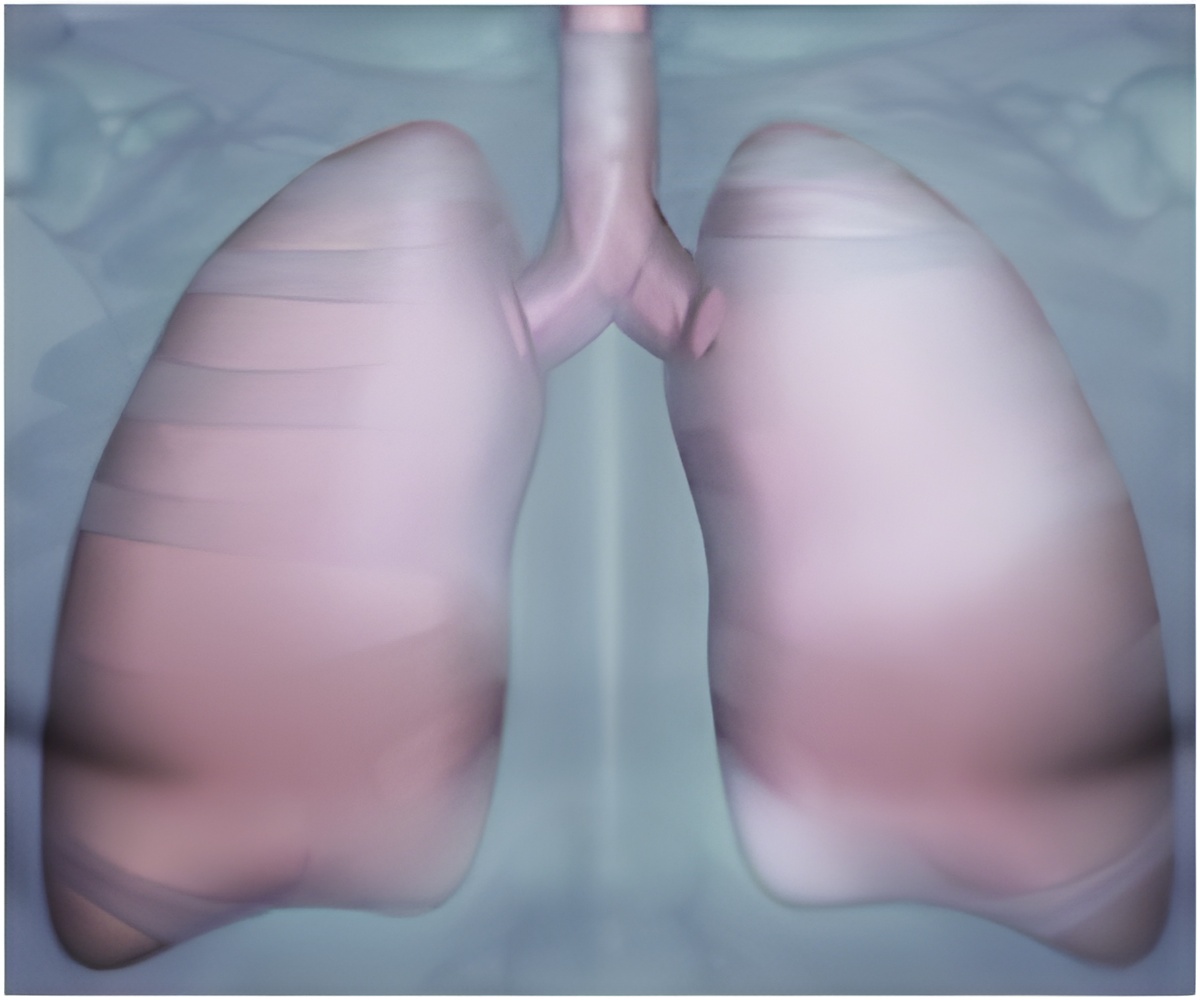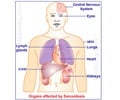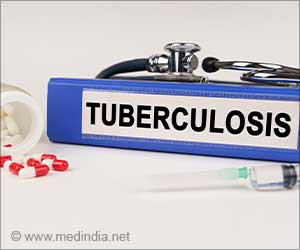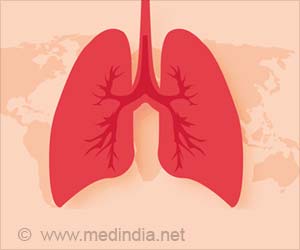Black lung, or pneumoconiosis which occurs after prolonged exposure to coal dust is showing a rising trend in Queensland

‘Black lung disease or Pneumoconiosis raises its ugly head 30 years after its eradication in Queensland. Pneumoconiosis caused by long term exposure to coal dust.’





Minister for State Development and Minister for Natural Resources and Mines, Anthony Lynham has also announced 18 more suspected cases after X-rays were reviewed by health experts in the US. The revelation of new cases on top of the 11 already diagnosed. Until Australian radiologists skills were bought up to US standards, new chest X-rays would be sent overseas. Around 20 of the 40 radiologists now being trained to US standards would be able to read chest X-rays for black lung disease after examinations in October. ”That is very concerning for us absolutely, very concerning,” Dr Lynham said. Lowering the ‘safe allowable dust level’ at Queensland mines, which operate at ‘the national standard’ but at higher levels than in New South Wales mines, was now being considered by Safe Work Australia, Dr Lynham mentioned. Queensland Resources Council CEO Michael Roche said one case of black lung was one too many. Mr. Roche said what was more important that coal miners use protective equipment against dust.
All underground coal mines are offering their workers new checks on current X-rays or fresh X-rays if it was taken more than two years ago. The best treatment is to get an early diagnosis and make it manageable. Health costs for mine workers would be met through existing workers compensation schemes.
Dr Lynham also announced a three-pronged plan to prevent new cases; identify existing cases early and provide a safety net for workers with the disease. Dr Lynham said he would also continue to lobby the Federal Government to establish a national screening program that includes retired coal miners.
Source-Medindia












